UP Farmer Shares How To Cultivate Pearls in a Small Glass Tank at Home
Jitender Choudhary, an exporter of pearls from Uttar Pradesh, shares a step-by-step guide on how to set up and grow pearls in a glass tank at home.

Think farming and one usually thinks of fields, seeds, irrigation, and edible produce. However, Jitender Choudhary, a resident of Khurampur village, Muradnagar, in Ghaziabad, Uttar Pradesh, tells The Better India how one can start pearl cultivation on a commercial scale from their home.
A postgraduate in Computer Application, Jitender hails from an agricultural family and says that it was the desire to try something new that steered him in the direction of pearl cultivation. Having started with an initial investment of Rs 20,000 in 2009, Jitender says that with all the advancement in pearl cultivation, one can even start with between Rs 5,000 to Rs 10,000 as initial investment.
From cultivating pearls in ponds to cement tubs or even a fish tank, there are various methods that one can use for this type of farming. The method that Jitender has employed for pearl cultivation is called Recirculating Aquaculture System (RAS).
Getting the right knowledge
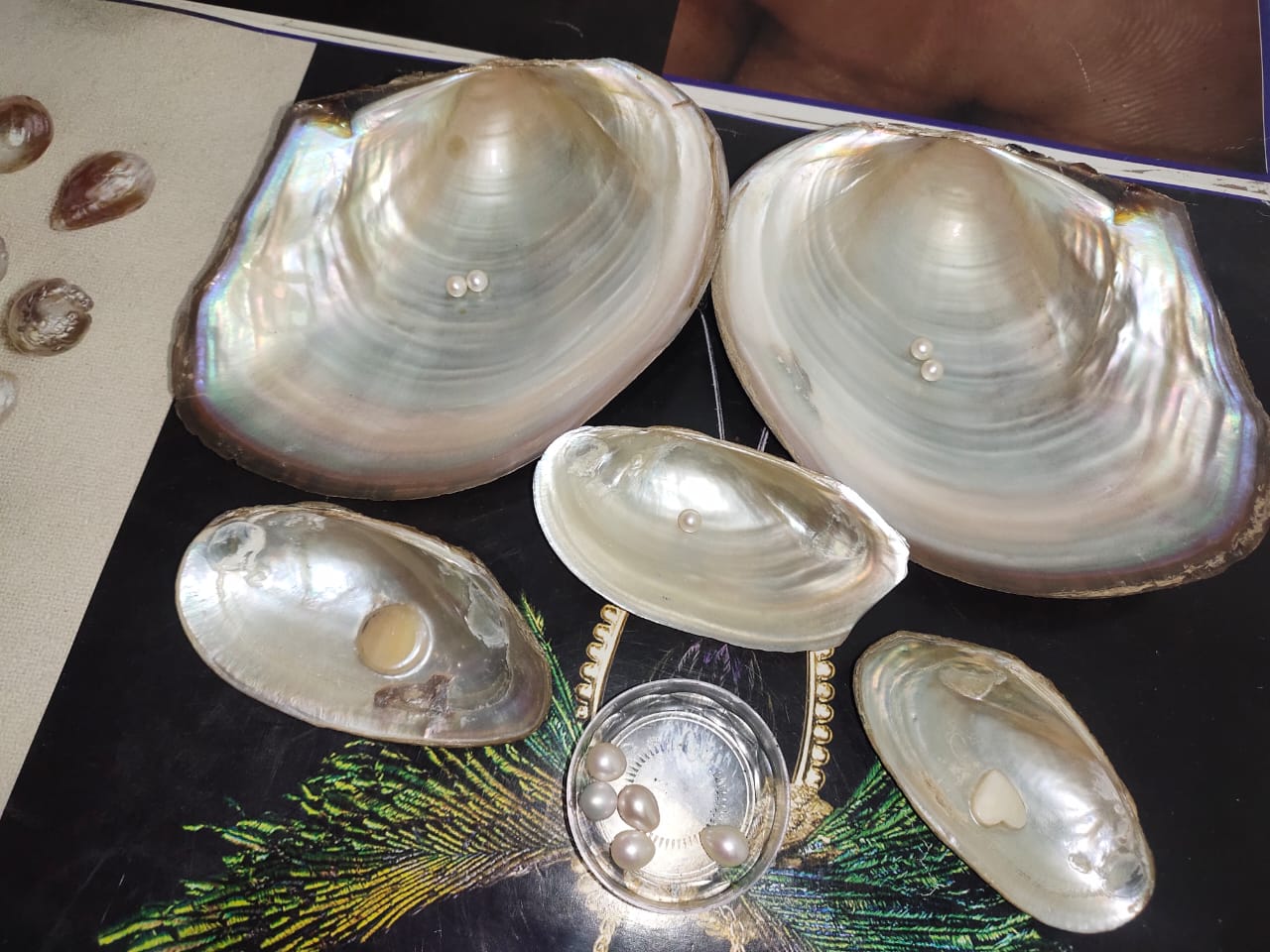
Recirculating aquaculture systems (RAS) operates by filtering water from the fish tanks so it can be reused within the tank. This dramatically reduces the amount of water and space required to intensively produce various sea produce. “One of the biggest problems we face during pearl cultivation is the waste management and ammonia toxicity, and both these issues are solved when the RAS method is followed,” says Jitender. This is a method that is followed the world over and is a much better system than ponds and other tanks.
Jintender says, “When pearl cultivation is done in a pond there are many things that needs to be considered – it has to be of a minimum size, controlling the temperature is not possible, and the pond where pearl is cultivated must be at least six months old, if not more.” Because the environment in a fish tank is controlled, one is able to feed the required amount of algae, keep a check on the growth, and also monitor other parameters.
Jitender also mentions that besides doing some amount of research online, he also enrolled for a course being offered by the Central Institute of Freshwater Aquaculture (CIFA), Odisha to have a better understanding of the process. “As and when new pearls are introduced in the market, it is important to learn about them and attend as many workshops and classes for the same,” he says.
According to Dr Shailesh Saurabh, Senior Scientist, Aquaculture and Fish Immunology, CIFA, “Pearl farming is skilful technology, so not having the right knowledge can cause huge losses. The course offers theoretical as well as practical education on maintenance, food for pearl mussels, anatomy, and nucleus beads. Hands-on training on different plantation methods like mantle cavity, mantle tissue. and gonadal implantation is also included.”
The numbers
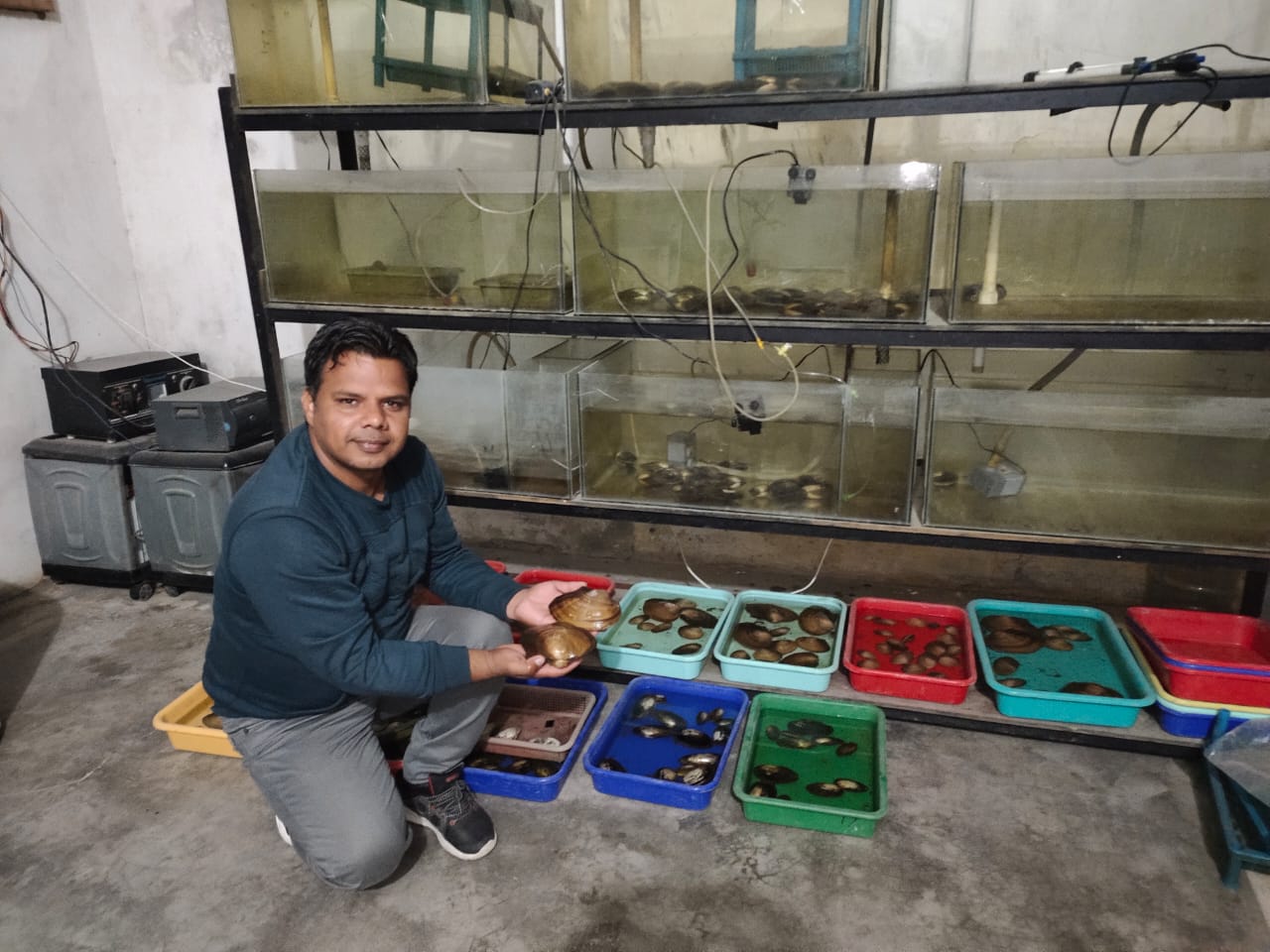
Jitender adds that on an average, a mussel can hold between 2 to 8 pearls, if it is small. And if the mussel is of a larger size, then upto 28 pearls, up to 14 on each side. Adding to this, Jitender also says that one has to take very good care of the mussels, “Always get your mussels from a good known source and after you get the mussels for about six days, they are kept in a set-up referred to as a critical care unit.” Once the mussel health is ascertained the same is shifted to the fish tank.
Once the quality of the mussels is found out, a special feeding chart is drawn up depending on the quality. “For low quality mussels, special feeding and minerals are provided for 65 days, which will be followed by the pearl extraction procedure. If the mussels are of high class then within a span of 20 days, the extraction procedure can take place,” he says.
Following this method has resulted in a success rate of almost 95 per cent for Jitender, and in terms of return on investment, Jitender says that close to five times the initial investment can be made with every cycle.
How can you grow pearls at home?

- The first step one needs to follow is to get the water tested to understand it’s aquaculture and this can be done in a government laboratory. Jitender adds here that getting the test done in a private laboratory is also a possibility, however, the expense might be higher.
The water is tested to ascertain whether or not mussels can survive in them.
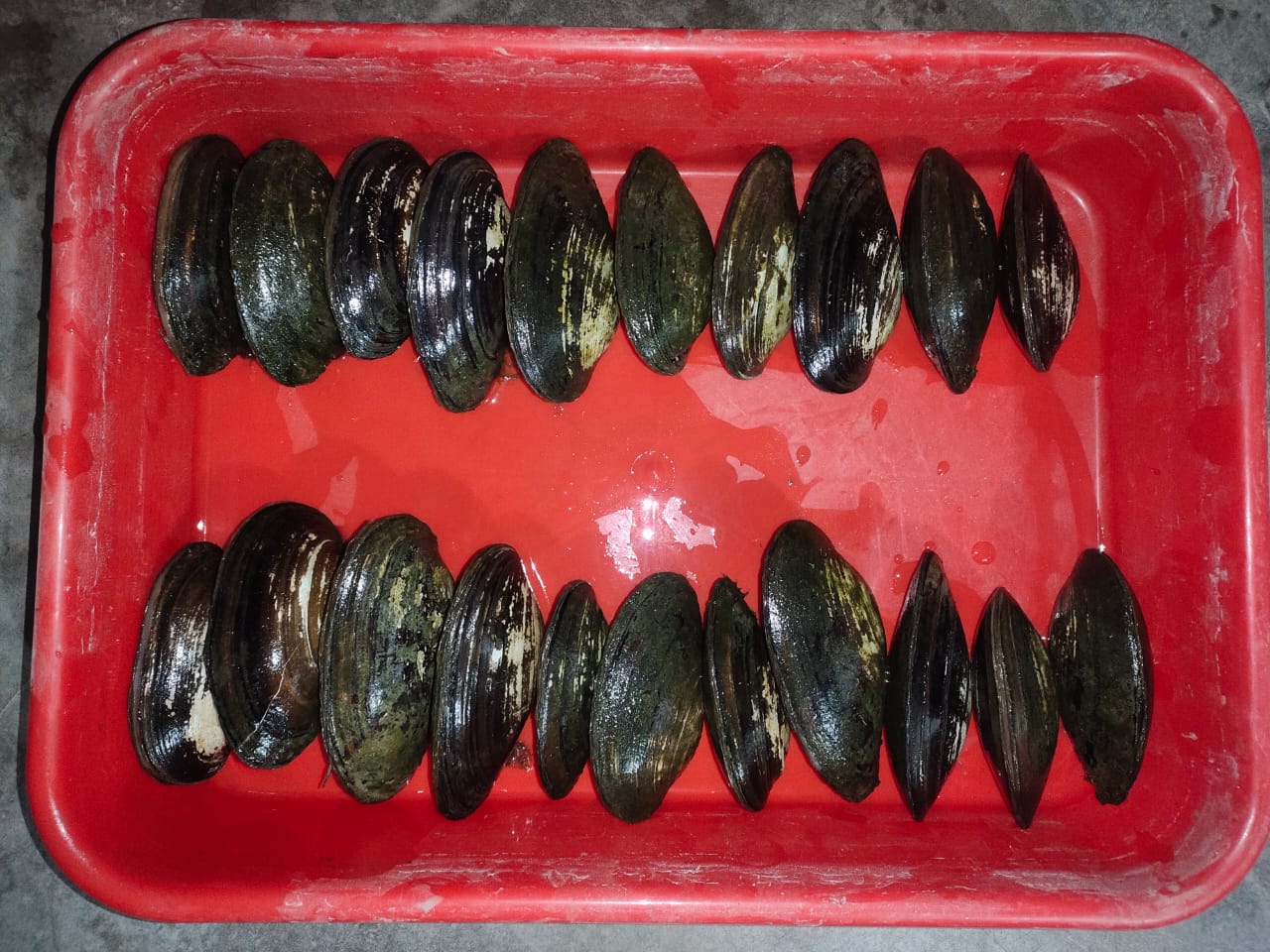
- Once this is done, Jitender advises to undergo formal training at any of the institutes offering the training course. This will help to understand the types of pearls and also the right technique to harvest them.
- If you are looking for a simple home set-up, you will need a minimum of two fish tanks to begin with. The fish tanks have to be placed on top of the other such that water from the tank above flows into the tank below. This will require you to drill a hole in the tank being placed on top.
A water regulating pipe to ensure that in case the water in the tank is in excess of the permissible limit it overflows outside the tank should be installed.
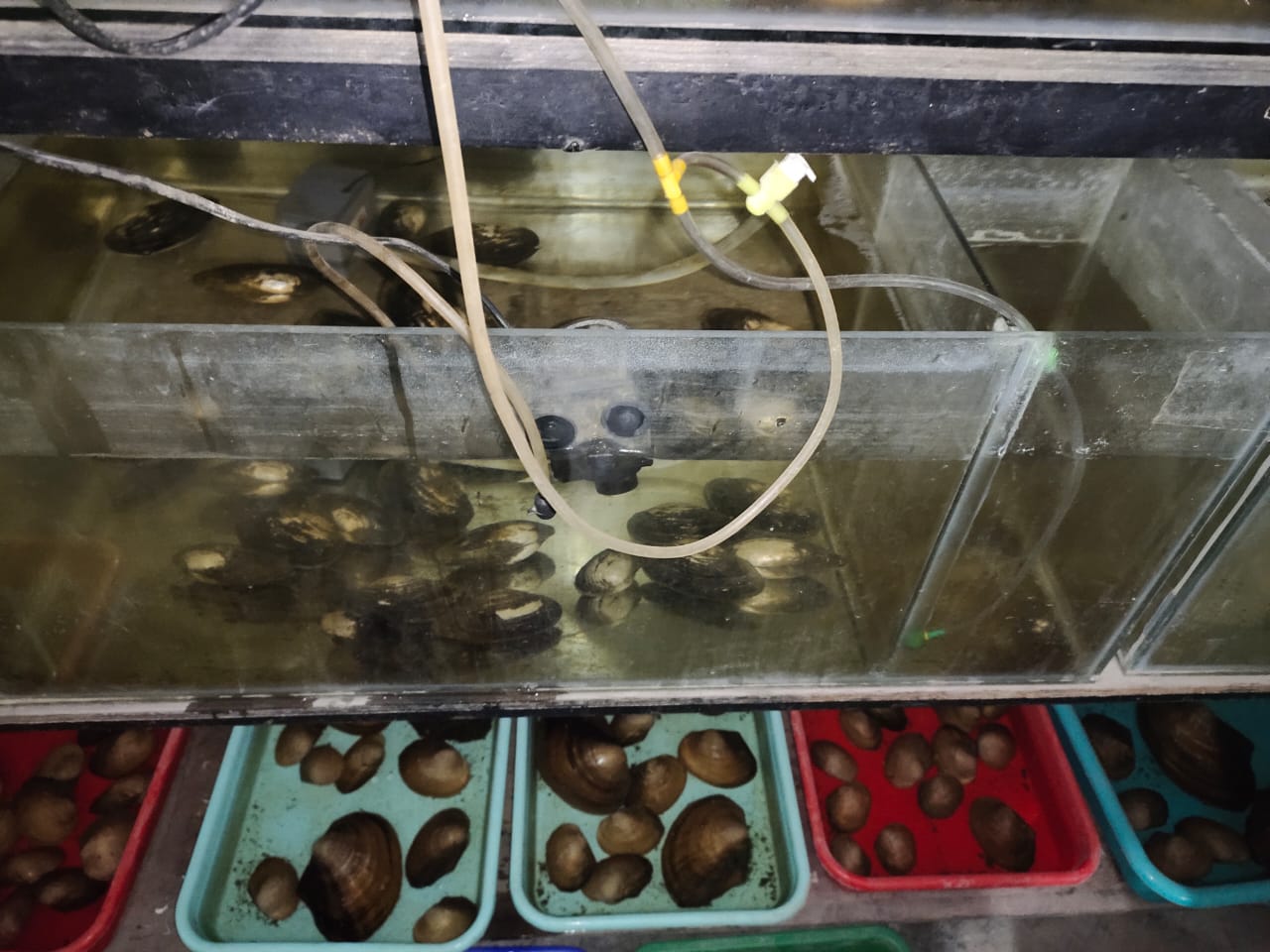
- The tanks will be fitted with an air pump, one venturi pump, which regulates the water flow and one water pump to regulate the water temperature.
- Once all these parts have been fixed, the system should be run for seven consecutive days, a few hours in the morning and few hours in the evening.
- The tank dimensions could be as follows – 3 feet in length, 2.5 feet in width, and 1.5 feet in depth. In a set-up of this size, Jitender says that almost 50 mussels can be kept in one tank.
In terms of time investment, you need to keep aside close to 2.5 hours each day to monitor this set-up.
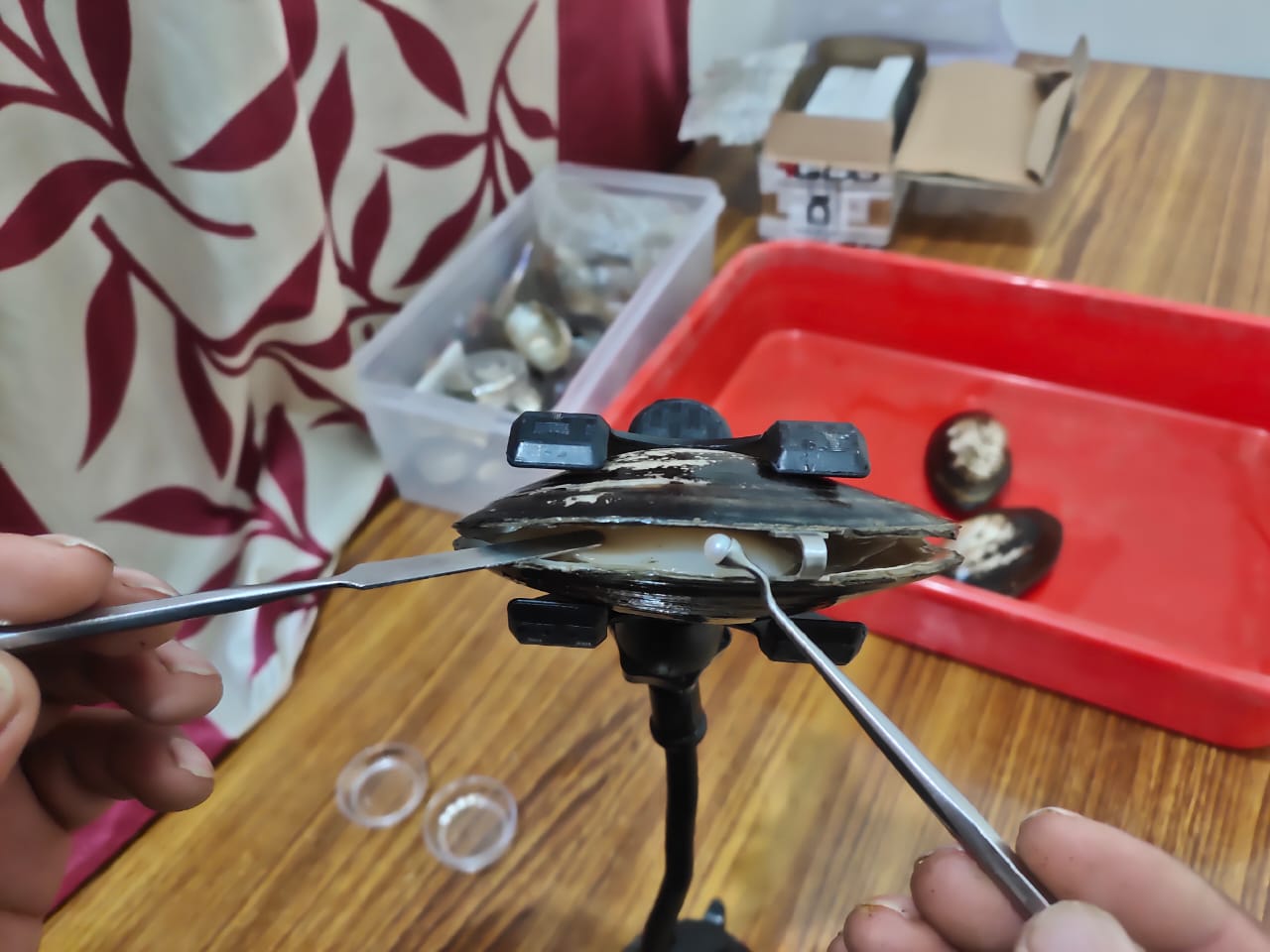
- Make sure that the algae being given to the mussels are of high quality as that will have a bearing on the quality of the pearl produced. Vitamins and minerals are also given to the mussels.
- Please note: Do check for all licensing requirements if you intend to cultivate pearls for commercial purposes.
If you are keen on starting pearl cultivation at home and would like to gather more information, Jitender can be reached at – +91- 70175 63576.
(Edited by Yoshita Rao)
This story made me
- 97
- 121
- 89
- 167
Tell Us More
We bring stories straight from the heart of India, to inspire millions and create a wave of impact. Our positive movement is growing bigger everyday, and we would love for you to join it.
Please contribute whatever you can, every little penny helps our team in bringing you more stories that support dreams and spread hope.



















